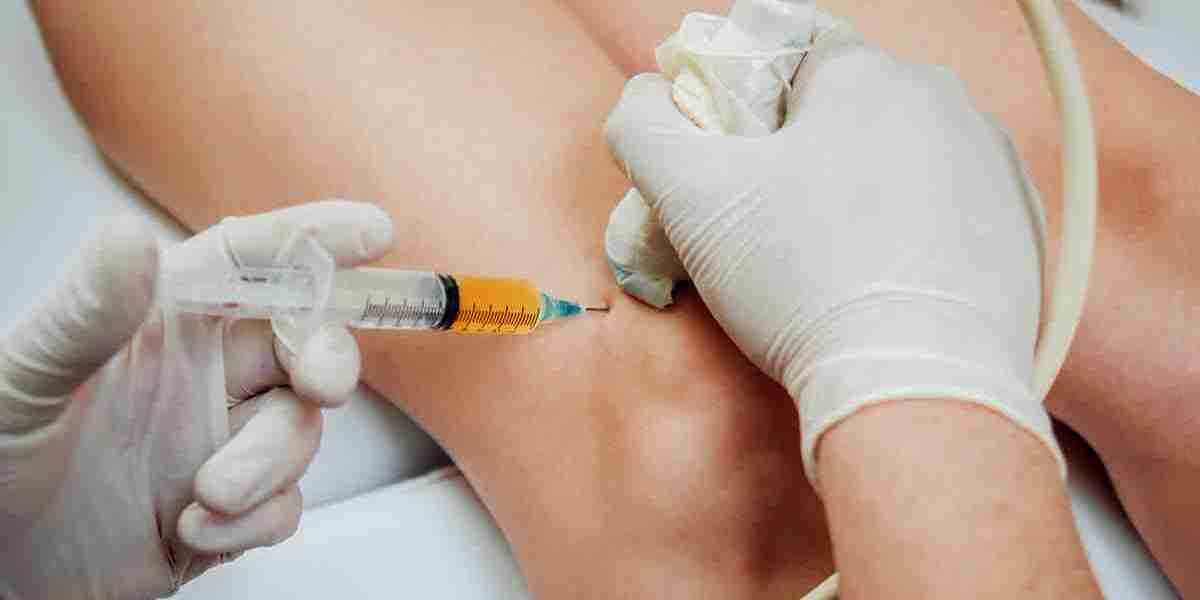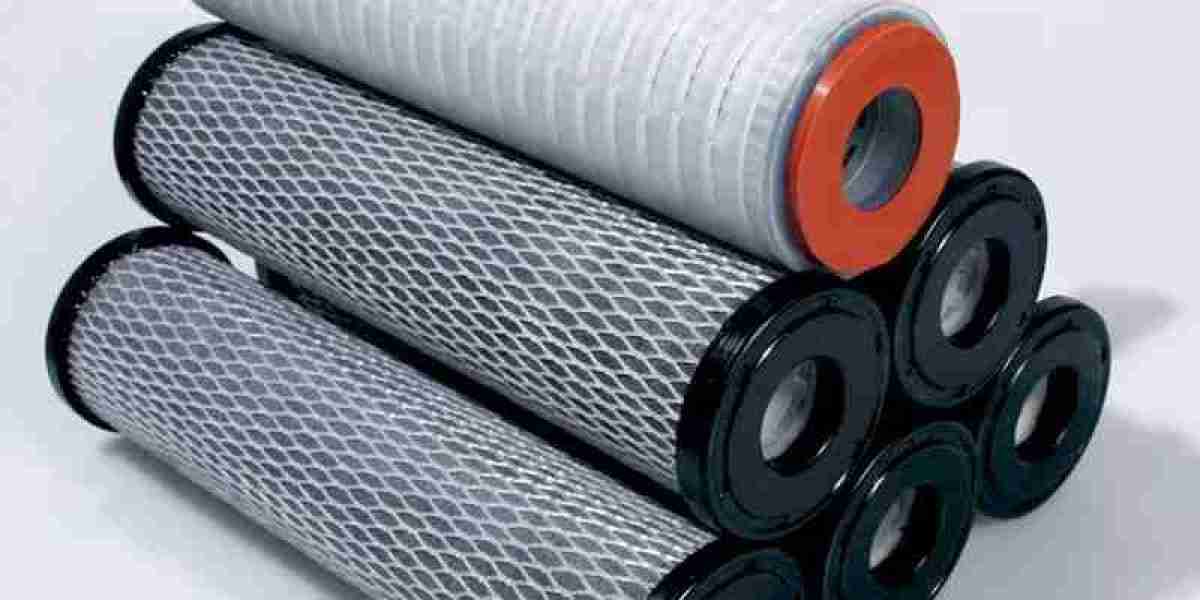In the realm of regenerative medicine, PRP (Platelet-Rich Plasma) and stem cell therapies have emerged as groundbreaking treatments that harness the body’s natural ability to heal itself.
By combining these two innovative approaches, PRP stem cell therapy is revolutionizing healthcare, offering patients a minimally invasive solution to chronic pain, injuries, and degenerative conditions.
Understanding PRP and Stem Cell Therapy
Platelet-Rich Plasma (PRP): PRP therapy involves drawing a small amount of the patient’s blood, processing it to concentrate the platelets, and injecting the platelet-rich solution into the affected area. Platelets are rich in growth factors that stimulate tissue repair, reduce inflammation, and promote healing.
Stem Cell Therapy: Stem cells are unique cells with the ability to develop into various types of specialized cells. They play a critical role in repairing damaged tissues and regenerating new ones. These cells are typically harvested from the patient’s bone marrow or adipose (fat) tissue.
By combining PRP with stem cell therapy, the treatment amplifies the healing effects of both, creating a powerful tool for regenerative healthcare.
How PRP Stem Cell Therapy Works
Consultation and Diagnosis: The process begins with a comprehensive evaluation to determine the patient’s suitability for PRP stem cell therapy.
Preparation: Blood is drawn from the patient for PRP preparation, and stem cells are collected from bone marrow or adipose tissue using minimally invasive techniques.
Processing: Both the PRP and stem cells are processed in a specialized laboratory to ensure maximum efficacy.
Injection: The prepared solution is injected directly into the targeted area, such as joints, muscles, or damaged tissues, under ultrasound or fluoroscopic guidance to ensure precision.
Recovery and Monitoring: Patients are closely monitored to track their progress and may undergo additional sessions if necessary.
Applications of PRP Stem Cell Therapy
PRP stem cell therapy is versatile and has been successfully used to treat a variety of conditions, including:
Orthopedic Injuries: Tendon tears, ligament injuries, and cartilage damage.
Osteoarthritis: Relief from joint pain and improved mobility.
Chronic Pain: Conditions such as back pain, neck pain, and plantar fasciitis.
Sports Injuries: Muscle strains, sprains, and overuse injuries.
Hair Restoration: Promotes hair growth in cases of hair thinning or alopecia.
Skin Rejuvenation: Enhances skin texture, elasticity, and overall appearance.
Benefits of PRP Stem Cell Therapy
Minimally Invasive: No need for extensive surgeries or long recovery periods.
Natural Healing: Utilizes the patient’s own cells, reducing the risk of rejection or complications.
Reduced Pain and Inflammation: Provides long-lasting relief by addressing the root cause of the problem.
Faster Recovery: Speeds up the healing process and helps patients return to their normal activities sooner.
Personalized Treatment: Tailored to meet the specific needs of each patient.
What to Expect After Treatment
Most patients experience minimal downtime after PRP stem cell therapy. Mild soreness or swelling at the injection site is common but usually resolves within a few days. Significant improvements in pain relief and mobility are often observed within weeks, with continued progress over several months.
Choosing the Right Provider
To ensure the best outcomes, it is essential to select a qualified healthcare provider with expertise in regenerative medicine. Look for clinics that offer:
Experienced Specialists: Board-certified professionals with a track record in PRP and stem cell therapies.
State-of-the-Art Facilities: Access to advanced equipment and technologies.
Comprehensive Care: A multidisciplinary approach to treatment.
The Future of Regenerative Healthcare
PRP stem cell therapy represents a significant leap forward in the field of medicine, offering hope to patients who have struggled with chronic pain or injuries. As research continues to expand, the potential applications of this therapy are expected to grow, further cementing its role as a cornerstone of regenerative healthcare.



